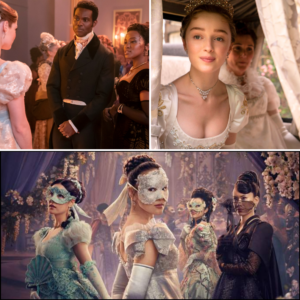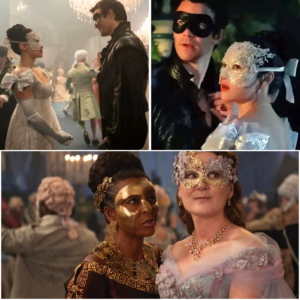Robert Downey Jr.’s Tony Stark kickstarted the MCU and defined its early years, so why did Marvel Studios never move forward with Iron Man 4?
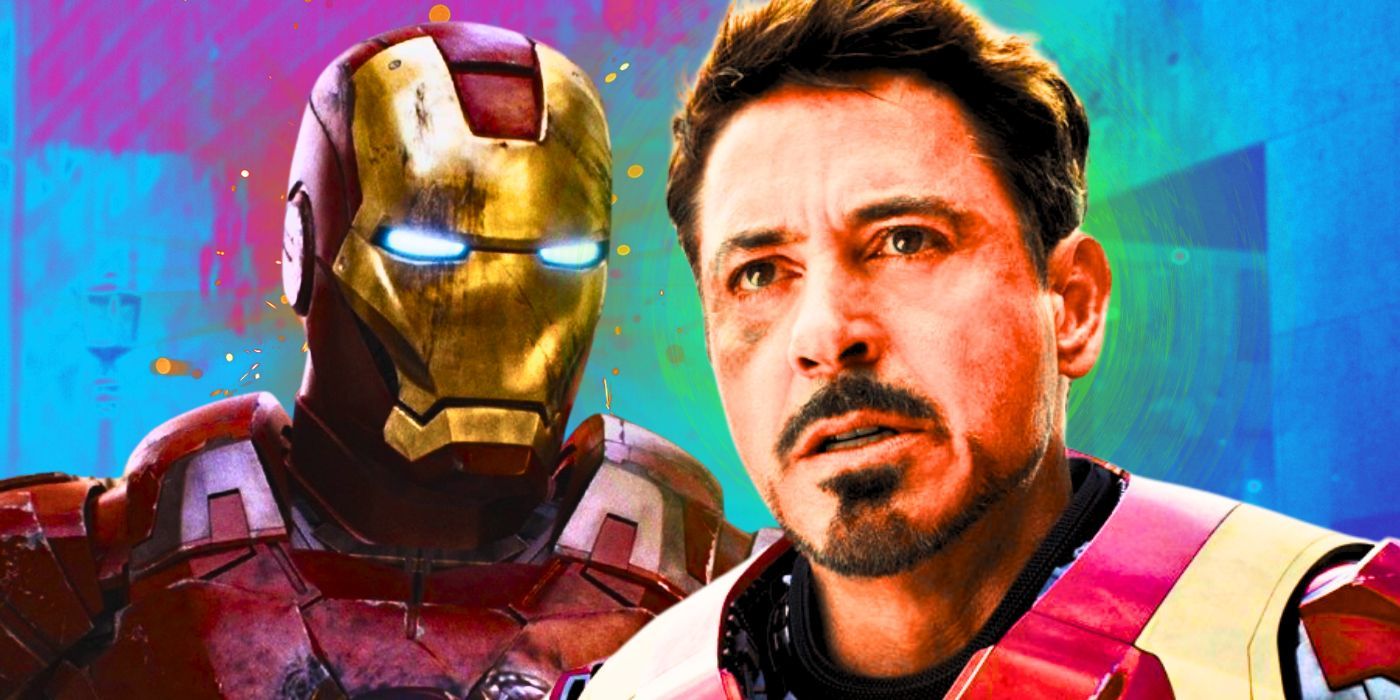
Iron Man was and remains one of the most iconic characters in the MCU, which raises the question of why Iron Man 4 never happened. Robert Downey Jr.’s Tony Stark kick-started the MCU and was the only hero to star in two solo movies before The Avengers (2012) wrapped up the MCU phase 1. RDJ later headlined Iron Man 3 (2013) in phase 2, but a fourth movie never surfaced despite Tony remaining a central figure in the franchise for another six years until his death in Avengers: Endgame (2019).
It seems as if the idea was at least entertained, as negotiations were reportedly happening around the release of Iron Man 3. RDJ, Kevin Feige, or anyone else at Marvel Studios has never given an official reason why Iron Man 4 didn’t happen. However, looking at the circumstances around Robert Downey Jr., Iron Man, and the wider MCU provides some reasonable insight into why Iron Man 4 didn’t work out.
Robert Downey Jr. Was More Expensive Than Other Avengers
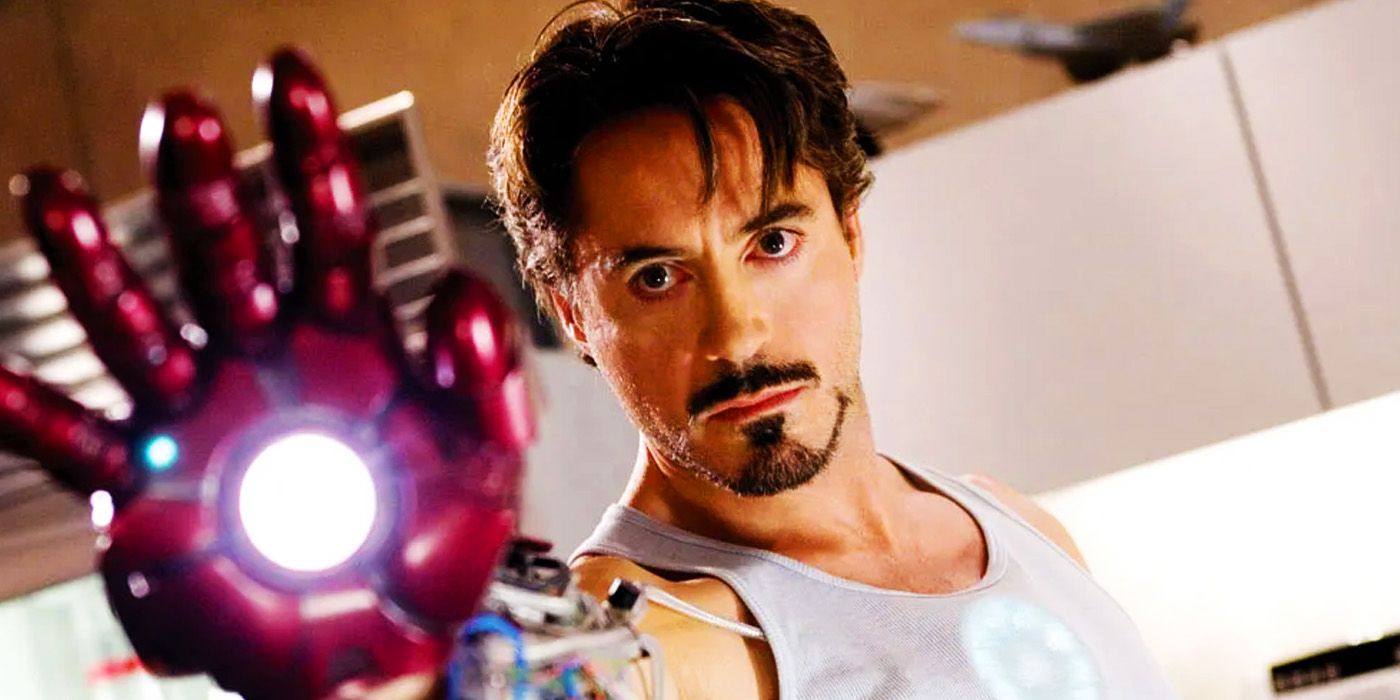
While it’s hard to imagine in hindsight, Iron Man was far from a guaranteed success, and an interconnected shared universe was a risky gamble in the early years of the MCU. Moreover, Robert Downy Jr. himself was a risky casting given his previous fall from stardom and off-screen struggles. Given all of these unknowns, Marvel and Robert Downey Jr. worked out a contract different than the ones other MCU stars would later sign. Instead of massive guaranteed money (though he’d get that later, too), RDJ also earned a percentage of what his movies took in at the box office.
It’s easy to understand why forgoing a massive paycheck for Iron Man and instead offering a percentage of earnings makes sense. Since the movie was a risk, it mitigated potential losses on Marvel’s end and tied RDJ’s making more money to the studio’s doing the same. However, RDJ’s earnings-based contract led to enormous paychecks as the MCU grew and smashed box-office records.
Exact dollars and cents are unknown for the actors of the MCU, but RDJ reportedly signed for about 8% of a movie’s earnings as part of his initial contract. Between this and his up-front, guaranteed pay, he went from making $2.5m total for Iron Man to a whopping $75m for Avengers: Endgame. Many, or even most, MCU stars earn percentages of their films, but none seem to have locked in as big of a number as RDJ. As such, Iron Man 4 would simply be a bigger expense for Marvel Studios than other projects.
Iron Man Remained A Main Character In Team-Up Movies
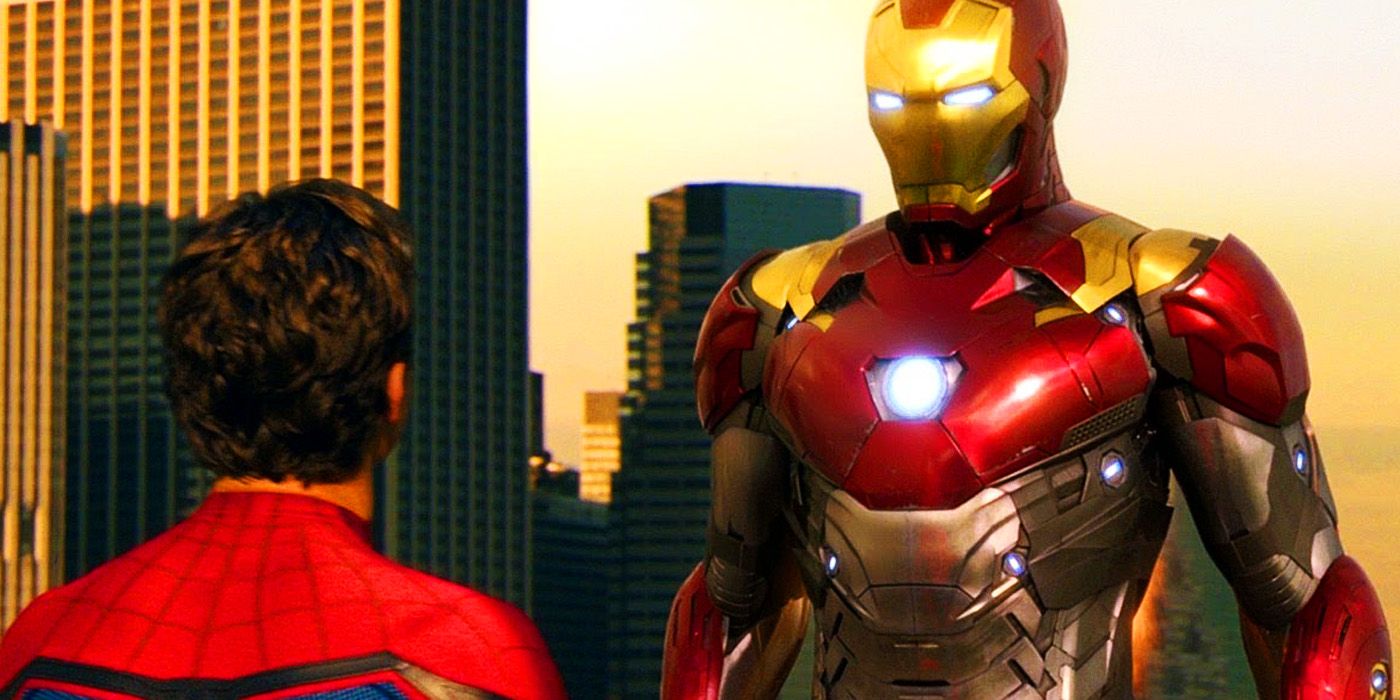
Iron Man’s movie trilogy wrapped up early, but it’s not as if the hero disappeared from the MCU. RDJ’s initial contract locked him in for a certain number of appearances, and it’s clear that Marvel Studios decided it’s more important to have Iron Man anchor big team-up movies than receive a fourth solo project. It’s hard to argue that it wasn’t the right call.
Iron Man, along with Captain America and, to a lesser extent, Thor, remained the narrative focus of the entire Infinity Saga. Despite Captain America: Civil War being titled as a Steve Rogers movie, it’s just as much about Tony Stark. Tony is also arguably the main character of Avengers: Infinity War and Endgame. He doesn’t take center stage in Spider-Man: Homecoming, but his role there is also important nonetheless. In short, Tony was well enough developed throughout his solo movies that he could flourish in a group setting, something not always as true for franchise newcomers.
The MCU Needed To Develop Other Heroes
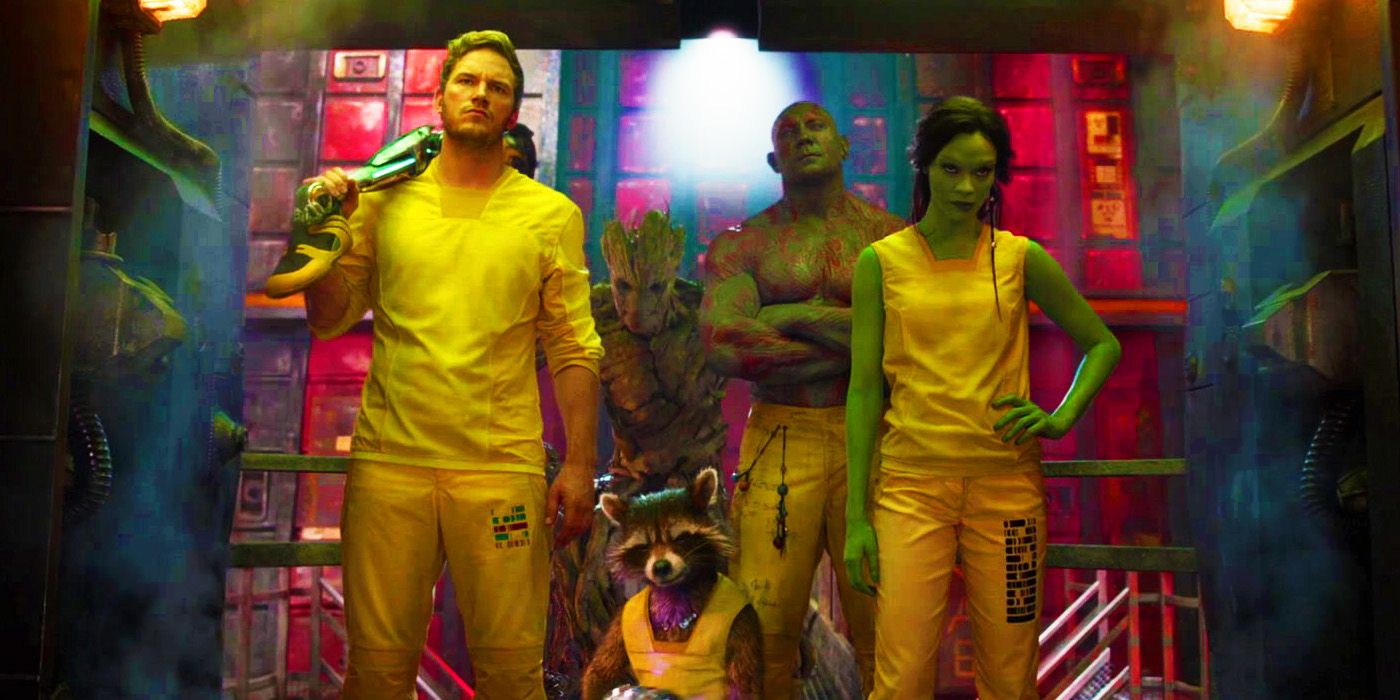
Another reason Iron Man 4 likely didn’t happen is that Marvel Studios can only release so many movies in a given year, and the franchise needed to develop new heroes. Several now-iconic characters and teams didn’t make their MCU debut until after Iron Man 3, and it’s possible that one of them may have been cut from the release schedule had Tony gotten another feature project. While it’s unclear when it was decided Tony Stark would sacrifice himself and Steve would retire in Endgame, it’s likely Marvel Studios knew they needed to set the groundwork for new big names.
Given that each of those post-Iron Man 3 heroes went on to become iconic in their own right, it’s hard to disagree with the decision. The post-Endgame MCU may be struggling to find a narrative core to replace the original Avengers, but strong individual characters remain as popular as ever. While Iron Man 4 seems all but impossible to make happen at this point, Tony’s legacy continues to live on in how it shaped the MCU and big-budget action cinema as a whole.



